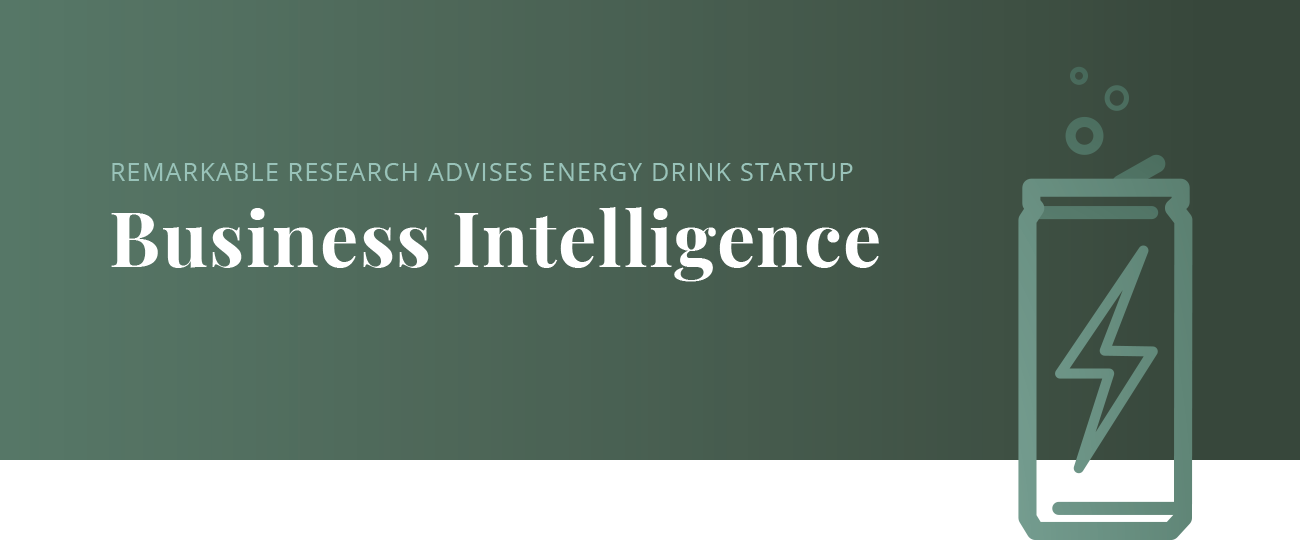
Background
Push-Up!, a European energy drink startup, is planning to expand across Europe six months after the market launch of an energy drink in Switzerland. In Switzerland, the energy drink has so far only been sold via a large kiosk chain and at petrol stations. In order to be able to plan the expansion strategy in a targeted and efficient manner, detailed and reliable information is required from the outlets already selling the product.
Task
The beverage manufacturer wanted to use covert on-site research in the sales outlets to learn more about the customer profile and their experience of the Push-UP! brand.
In addition, REMARKABLE Research was commissioned to seek reliable information on the satisfaction of sellers with supply lead-times, and the way in which this experience compared to competing products.
Findings
Within 4 weeks, 130 selected sales outlets in Switzerland were examined using a customised questionnaire. At least one employee per outlet was surveyed regarding the Push-UP! product. In addition, the placement of the product and that of competing products was documented.
REMARKABLE Research collected a large quantity of market-specific information, some of which differed significantly from previous studies. This data allowed customer profiles, as well as the most successful days for sales, to be analyzed very precisely. At kiosks, for example, it was found that the product only sold well where it was offered chilled. By far the most significant sales periods were Friday and Saturday evenings. Research at petrol stations in the countryside demonstrated that the product sold almost exclusively on weekends, and in conjunction with spirits. At motorway filling stations, on the other hand, a cheaper, competing product was more popular with professional drivers after 8 pm.
Competition in energy drinks is fierce. Heavily advertised products are purchased significantly more often than others, and demand for new products usually decreases significantly after 3 months. As soon as a new competing product is launched, demand for this new item increases at the same rate at which demand for the former products falls away.
Results
In the expansion strategy for Push-UP!, the findings from the research project were taken fully into account. For example, small, colourful, illuminated cooling containers were placed in those kiosks where this was possible. At petrol stations in the countryside, a special sales area with a quantity discount was placed directly opposite the spirits from Thursday to Sunday. At motorway filling stations there was a ‘happy hour’ for Push-UP! from 8-10 pm.